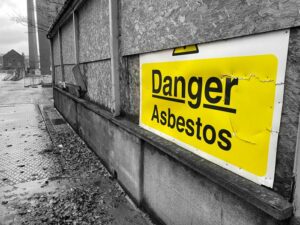An independent study has found that since London first introduced a Low Emission Zone in 2008, there has been a ‘meaningful improvement’ in test results among Key Stage 2 pupils.
While it is widely accepted that poor air quality affects the ability of school children to learn and problem-solve, this is the first study to look at how exam results have changed since London’s air quality began to improve.
The research was undertaken by the Grantham Research Institute on Climate Change and the Environment at the London School of Economics. They used data from the National Pupil Database – which provides information on exam results – for the years between 2005 and 2015, focussing on Key Stage 2 results at age 11. A control group consisted of schools in 20 cities over a 100km outside the LEZ border.
The results were surprisingly conclusive, to the extent that the team quantified the improvement by saying: ‘the magnitude of this effect is similar to reducing class size by 10 students or paying teachers large financial bonuses, and almost equivalent to significantly increasing average teacher quality.’
Significantly, it was seen that the improvement of the London exam results over those in the control group grew over the years: ‘The effects range from 0.07 of a standard deviation in the 2008-2009 school year to 0.17 in 2014-2015.
‘Such a trend is of great importance as it suggests that the benefits of the LEZ extend beyond initial impacts, accumulating positively as students experience prolonged periods of improved air quality. The gradual enhancement of test scores within the LEZ area, relative to the control, highlights the importance of continuous and long-standing policy measures.’
It was also found that schools in more economically disadvantaged areas and those with historically poor exam results benefitted disproportionately more than those in better off areas.
Data from Defra shows that there has traditionally existed an association between school level deprivation and poor local air quality. A 10% point higher rate of free school meal eligibility in a London secondary school is associated with a 1.57 μg/m³ higher annual average concentration of NO2, and 0.75 μg/m³ and 0.27 μg/m³ higher concentrations of PM10 and PM2.5.
Their findings in this respect, the researchers say, serves to ‘highlight the significance of the LEZ policy’s impact on schools, with additional benefits for more economically disadvantaged students, and underscore its potential role in reducing educational disparities.’
The team also looked at exam results from schools just outside the LEZ boundary (within 20km of it) and found that their proximity to the zone also led to a modest improvements in results.
The full report can be read here.
















Leave a Reply